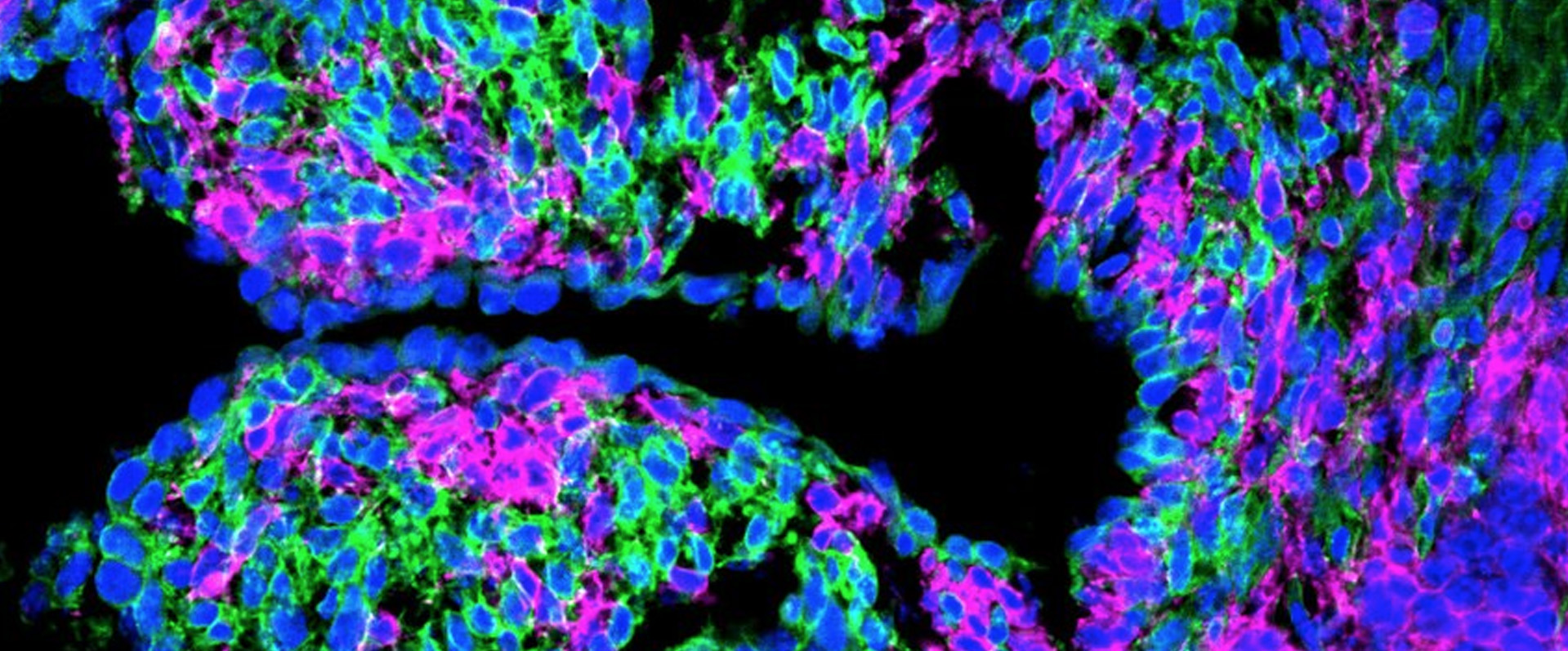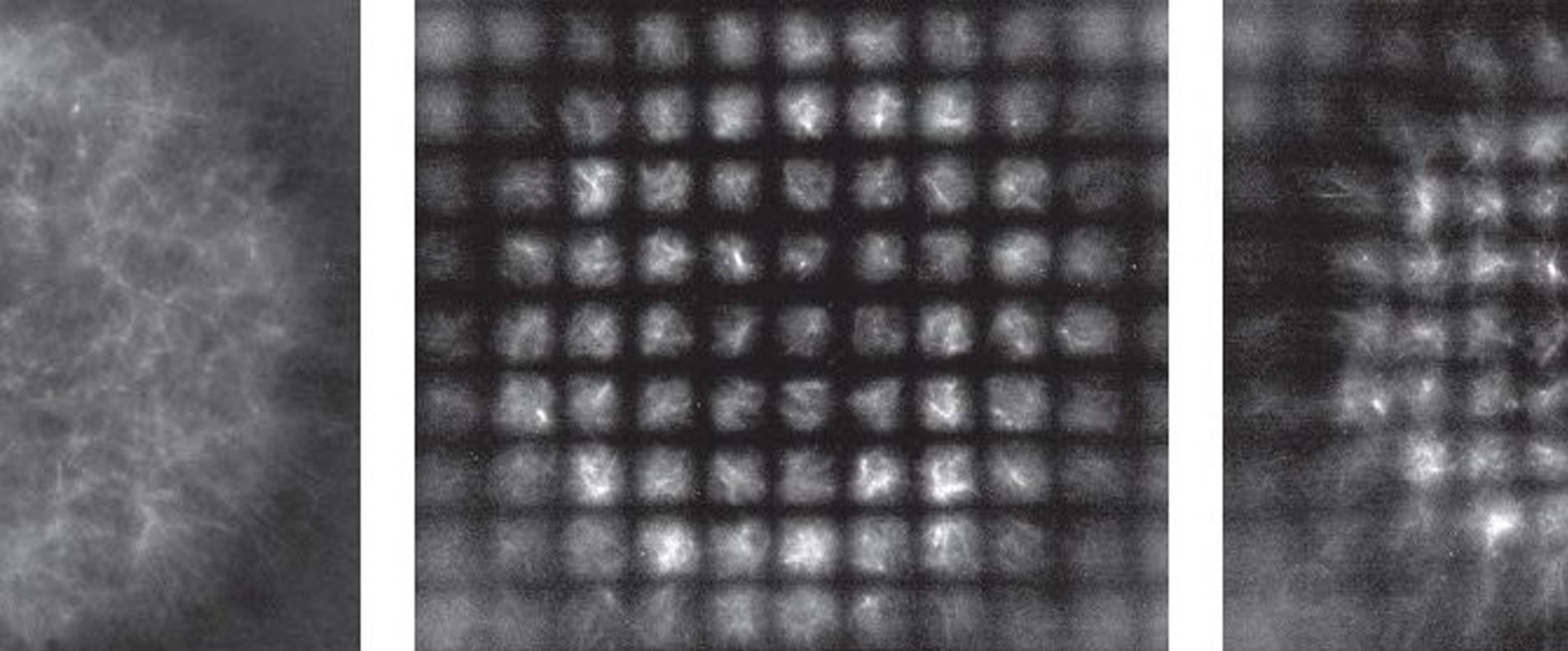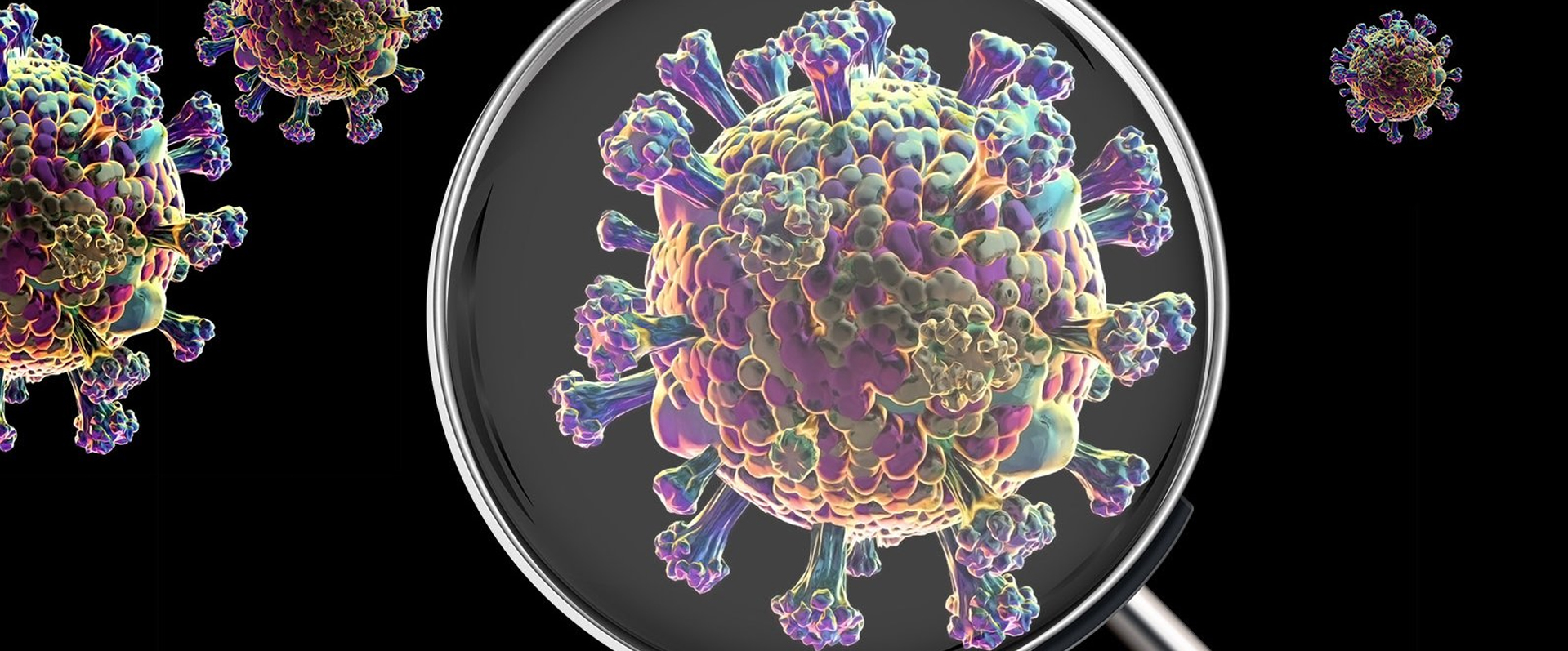-
The Earliest Stage of Embryos Show Specialized Asymmetry

As nearly one in six couples experience fertility issues, in-vitro fertilization (IVF) is an increasingly common form of reproductive technology. However, there are still many unanswered scientific questions about the basic biology of embryos, including the factors determining their viability, that, if resolved, could ultimately improve IVF’s success rate. A new study from Caltech examines […]
-
Stem Cell Technique Could Preserve Endangered Bird Species

Caltech researchers have developed a groundbreaking technique to freeze and preserve bird stem cells, offering a potential way to restore endangered species. The method enables scientists to culture, freeze, and later reconstitute avian stem cells—an advance that could one day bring extinct bird populations back to life. The work, led by Caltech postdoctoral scholar Xi […]
-
Study Links COVID-19 Pandemic to Faster Brain Aging in Older Adults

A new study from the Shanghai Aging Study, supported by the Tianqiao and Chrissy Chen Institute, found that the COVID-19 pandemic may have accelerated cognitive decline and brain aging in older adults. Researchers followed nearly 4,000 Shanghai residents for over a decade, comparing memory, thinking, and brain scans before and after the city’s 2022 Omicron […]
-
Stem Cell–Based Embryo Models Reveal Pathway to Understanding Fertility

Caltech researchers have developed a powerful new method for creating embryo-like structures from stem cells that could transform how we study fertility. Using stem cells rather than a traditional fertilized egg, the team has built mouse embryo models called iG4-blastoids that closely mimic natural blastocysts, the stage of development when an embryo implants into the […]
-
Parkinson’s Disease Drug Candidates Induce Unexpected Damaging Effects

Parkinson’s disease is the second most common neurodegenerative disease, affecting over 10 million people worldwide. Some forms of Parkinson’s disease are characterized by an inability of cells to clean up dysfunctional mitochondria, the cells’ “powerhouses,” particularly in neural cells of the brain. Like batteries, the mitochondria provide energy for a cell to function, but also […]
-
How a Jawless Vertebrate Parasite Reveals Evolutionary Origins of the Thyroid

The thyroid, a vital endocrine organ in vertebrates, plays a key role in regulating metabolism and supporting growth. The first gland of both the nervous system and endocrine system to mature during an embryo’s development, it initially evolved more than 500 million years ago out of a “primitive” precursor organ in chordates known as the […]
-
Genetic Code Enables Zebrafish to Mend Damaged Organs

Zebrafish have the remarkable and rare ability to regrow and repair their hearts after damage. New research from Caltech and UC Berkeley has identified the circuit of genes controlling this ability and offers clues about how a human heart might someday be repaired after damage, such as a heart attack or in cases of congenital […]
-
Speed-Snap Science: Solving for Molecular Details in a Flash

How do we know exactly what is happening at a molecular level during extremely fast processes, such as burning during combustion? In less than the blink of an eye, one chemical compound and then another are present in a flame only to disperse and give way to more. Understanding which molecules are present gives scientists […]
-
Cellular Coordinate System Reveals Secrets of Active Matter

Cells are an example of active matter. As inanimate matter must burn fuel to move, like airplanes and cars, active matter is similarly animated by its consumption of energy. The basic molecule of cellular energy is adenosine triphosphate (ATP), which catalyzes chemical reactions that enable cellular machinery to work. Caltech researchers have now developed a […]
-
A New Tool to Detect Viruses in Sequence Data

A new software algorithm developed at Caltech enables researchers to easily search for viruses in RNA sequence data, enabling scientists to detect viruses in samples and study how they impact biological functions. The number of individual viruses on Earth is nearly unfathomable: There are an estimated 10 million individual viruses for each star in the […]